This page is brought to you by the OWL at Purdue (https://owl.english.purdue.edu/). When printing this page, you must include the entire legal notice at bottom.
Journal Abstracts
This resource will help undergraduate, graduate, and professional scholars write proposals for academic conferences, articles, and books.
Contributors: Martina Jauch, Allen Brizee
Last Edited: 2010-04-17 05:47:39
Journal abstracts are usually requested by scholarly journals and written after the original manuscript was composed. While a proposal can be quite long depending on the assignment and purpose, an abstract is generally kept brief (approximately 150-200 words), but includes some of the same elements as a proposal:
- A statement of the problem and objectives
- A summary of employed methods or your research approach the significance of the proposed topic should become clear as well
- A self-contained piece of writing that can be understood independently from the essay or project
As journal editors still follow traditional criteria of clear argumentation, your journal abstract should include a valid thesis in understandable language and follow lucid, persuasive prose. Your first consideration should go towards a well thought out revision of the article you intend to submit for publication.
Rather than writing for your dissertation committee or professors, you will need to prove thorough comprehension of primary and secondary materials, and that you understand the positive and negative implications of these pieces of evidence.
You should learn about the specific journal audience, or the interested reader in the general public; thus, you should provide clear explanations of key terms and keep digressions to a minimum, preferably limited to the footnotes in the manuscript.
The abstract should tell readers whether they want to look at your article in more detail when reading it in the journal. Only a few journals ask you to send merely an abstract without a complete manuscript, and they mainly advertise these calls on their websites and general calls for papers websites of the various fields. English majors, for instance, may find a listing of these on the University of Pennsylvania English Department website.
Regardless of field, journal abstract authors should explain the purpose of the work, methods used, the results and the conclusions that can be drawn. However, each field purports slightly different ways to structure the abstract. Hartley and Sykes (Cited in: Page, Gillian et al. Journal Publishing. Cambridge, UK: Cambridge UP, 1997. p. 316) have suggested that papers for the social sciences (and any other empirical work) should contain the following:
Most scientific journals require authors to submit such abstracts, whereas the social sciences and humanities journals do not always do so but are quickly catching up to the trend. It is generally advisable to write the abstract in the English language, as most papers in other languages, especially Asian nations, tend to publish an English abstract with common search engines, such as, the MLA site.
Rather than sending off your proposal to a random list of popular journals, you should conduct thorough research on the following aspects of a journal before writing the proposal. (Adapted from: Scodel, Ruth and Marilyn B.
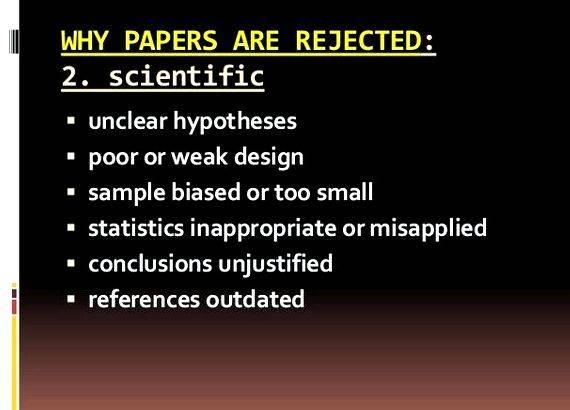
Skinner. “Publishing the Scholarly Article in Classical Studies: A Guide for New Members of the Profession.” 2004. apaclassics.org):
Check the policy statements of the journals and their tables of contents from recent issues to find out the exact scope of the journal and its specialization within the field.
Examine the journal’s website or the MLA Bibliography of Periodicals for information on restrictions by the journal, as many of these only accept submissions by members of a particular association. Other journals limit the length of articles and you will have to decide as to whether you will shorten your article or submit it to another publication.
The journal’s website will also provide you with information on the particular methodological approach preferred by the journal and the general audience to which it caters.
Furthermore, in an effort to increase your chances with the editorial board, you should look at their backgrounds and publications, unless the journal uses anonymous refereeing. You should aim to find sympathetic but rigorous referees, as a weak journal publication can turn out to be worse than no publications in a competitive job market.
You should also learn about the time from submission to decision. Usually, the best time for submitting is between September and November, as reviews will proceed more slowly during the summer months. If you suspect the journal already has some issues backlogged, you might want to contact the editor for further information, especially if time is a factor for you and the journal publishes few issues each year.
Consider both the reputation of the journal in the hierarchy of publications in your field as well as personal bias, such as, your mentors’ ties and connections to journal editors, before submitting your proposal and article.


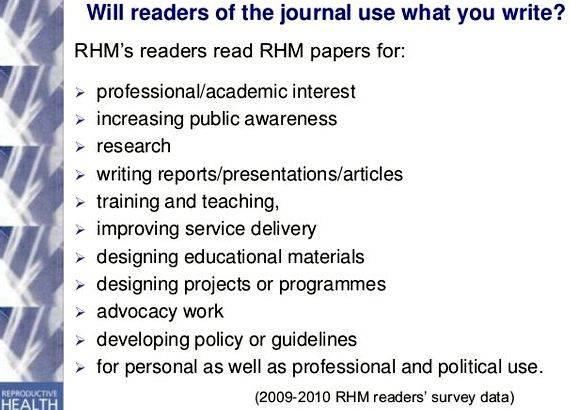

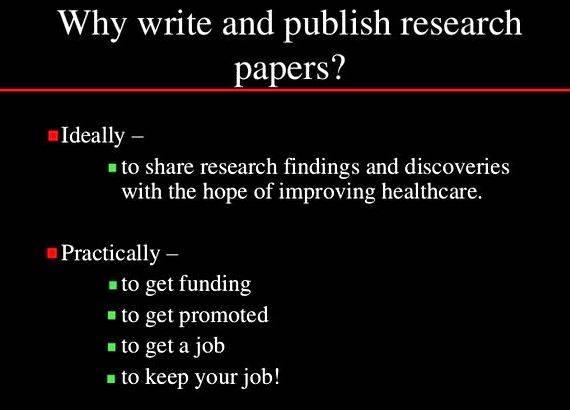

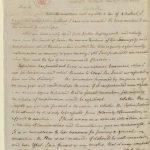 Writing general interest articles of confederation
Writing general interest articles of confederation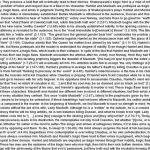 Easy article to critique writingyoutube
Easy article to critique writingyoutube Article on pursuing your passion for writing
Article on pursuing your passion for writing Writing newspaper articles for kids
Writing newspaper articles for kids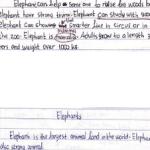 Articles on genre approach in teaching writing structure
Articles on genre approach in teaching writing structure






